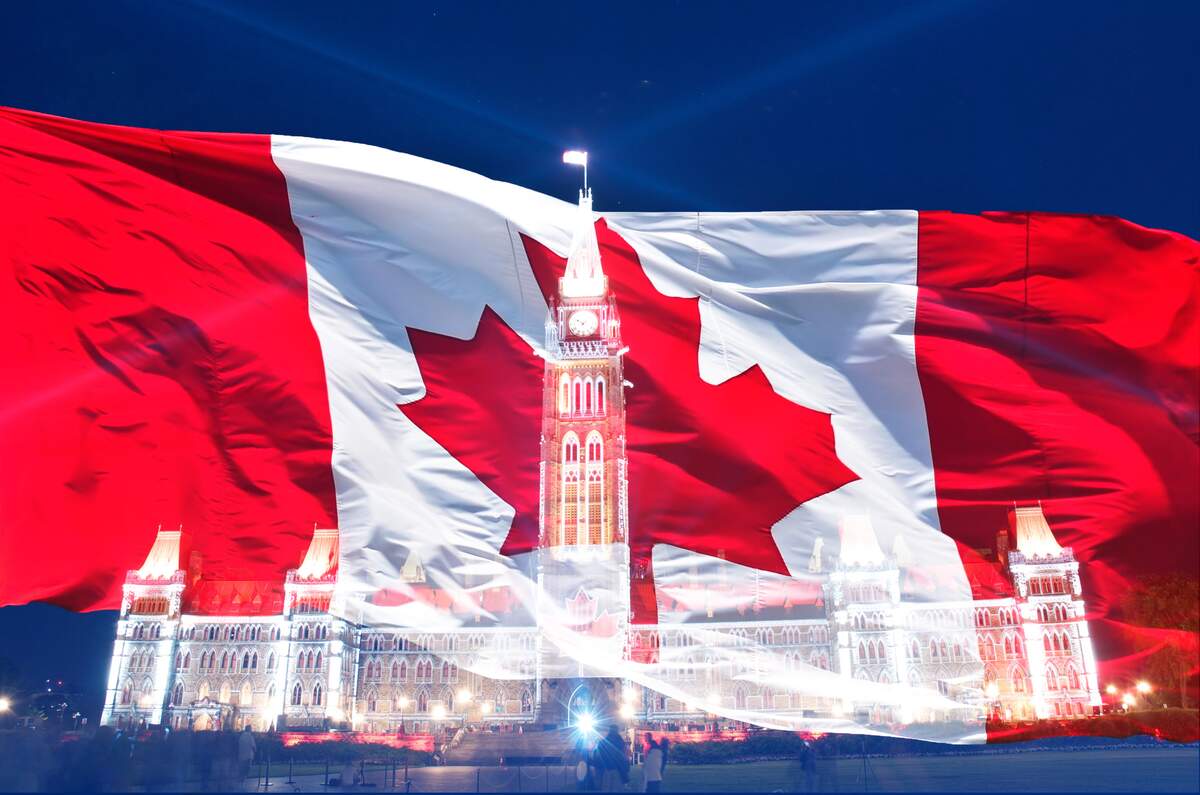

Canada Day
Canada Day celebrates the country's movement to self-government. On July 1, 1867, Canada became a self-governing Dominion of Great Britain, after the passage of the British North America Act. It also became a federation with four provinces: New Brunswick, Nova Scotia, Ontario, and Quebec. These provinces were made from the British colonies of New Brunswick, Nova Scotia, and the Province of Canada (previously Upper Canada and Lower Canada). The Act allowed for other provinces and territories to join the country in the future. Indeed, more land was added, and Canada now consists of ten provinces and three territories.
On June 20, 1868, the Governor General said the anniversary of Canada becoming a Dominion should be celebrated. It became a statutory holiday in 1879 and was known as Dominion Day at the time. The first official celebrations weren't held until 1917, on the Dominion's fiftieth anniversary. It began being celebrated more frequently after World War II, and even more so after the 100th anniversary in 1967. It began being called Canada Day by celebrants and has been officially known as Canada Day since 1983. This was stipulated by the Canada Act of 1982. Canada also became a fully independent country with this act, no longer being under the dominion of Great Britain.
The day is marked by various events, many of which take place outdoors. Common events include parades, concerts, festivals, carnivals, and pancake breakfasts. Ceremonies of new citizens also commonly take place. The Canadian flag is flown, and many get their face painted with the flags' colors—red and white. The singing of the national anthem, "O Canada," is another popular way to celebrate.
Some provinces celebrate the day a little bit differently than others. For example, it is also known as Moving Day in Quebec. A lot of leases are made to start on July 1 and people spend the day moving. In Newfoundland and Labrador, the day is also known as Memorial Day, and it commemorates those from the Newfoundland Regiment who died on the first day of the Battle of the Somme during World War I. The first half of the day is somber and marks this, while the second half is celebrated as Canada Day is celebrated elsewhere. If Canada Day falls on a Sunday, it is celebrated on July 2, except for in Nova Scotia and Newfoundland and Labrador, where it stays being celebrated on July 1.
How to Observe Canada Day
The best way to celebrate the day is to travel to Canada and participate in various events happening on the day. Attend a parade, go to fireworks, or go to a concert or festival. It is probably most appropriate to celebrate in the capital city of Ottawa. If you can't travel to Canada for the holiday, perhaps you could learn more about the provinces and territories and plan a trip for the future. You could also learn the lyrics to "O Canada," and eat some Canadian foods.





















